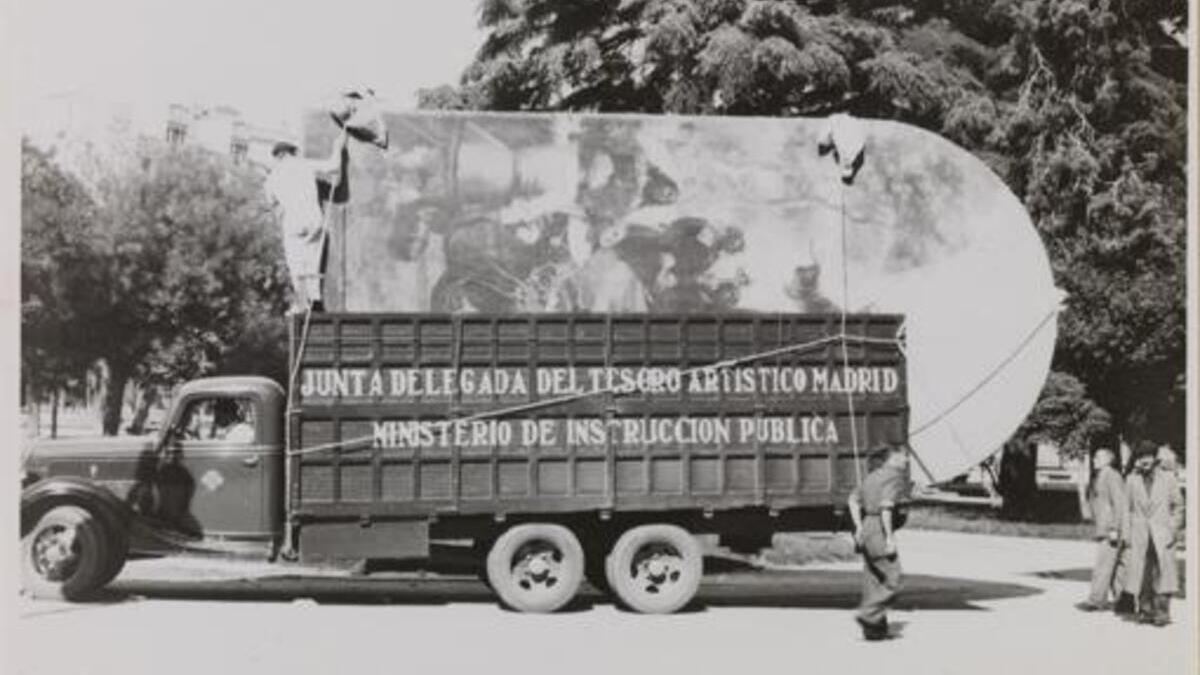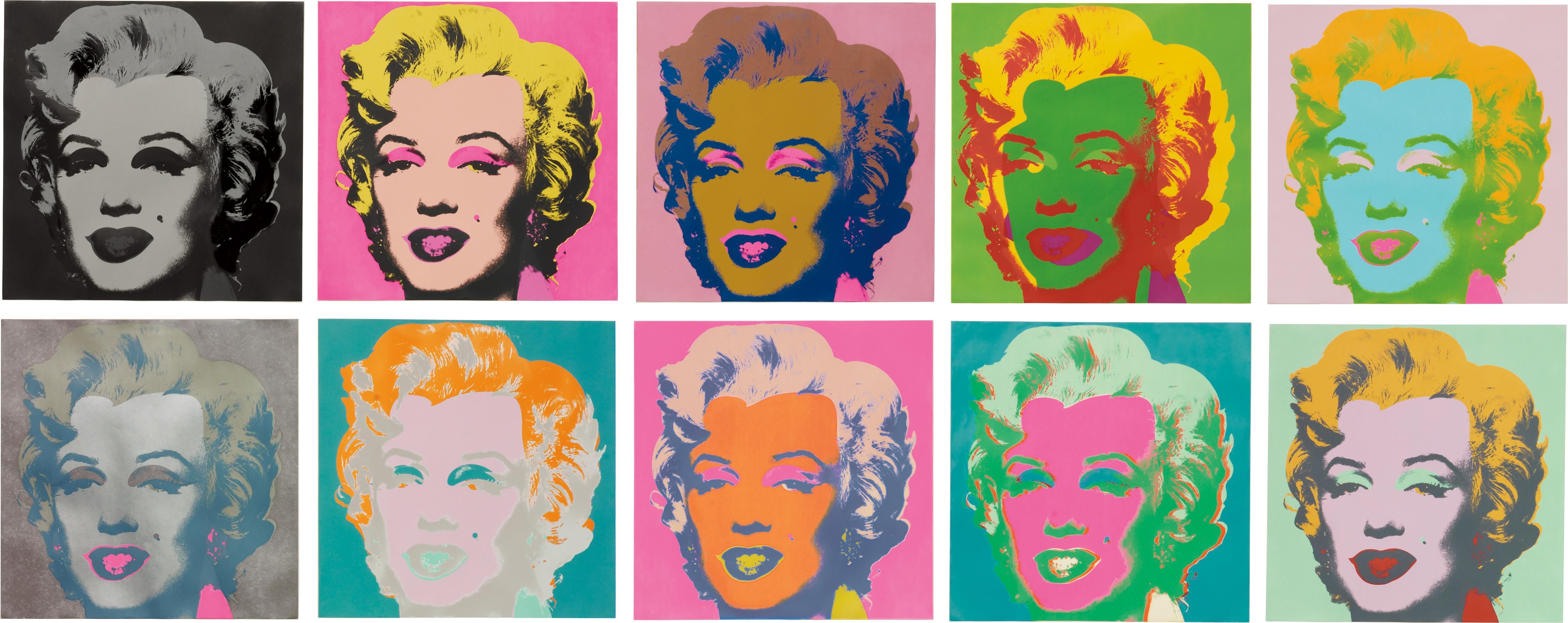5 curious facts about the Prado Museum
1.Why is it called the Prado if there is no meadow?
The name of this museum always causes some confusion and some funny situations. Where is this supposed meadow? The truth is that it is a place where, originally, there was a meadow. The museum was built in the meadow of the Hieronymites, a plot of land adjacent to the famous and friendly Hieronymites Monastery. At first it was given non-original names such as the Royal Museum of Paintings or the National Museum of Painting and Sculpture, but the lack of attractiveness of these names (and the common use of the name El Prado to refer to the museum), led to the decision in 1920 through a decree law to baptize it with the name by which we all know it now.
2.Picasso was director of the Prado Museum
A milestone in Picasso's curriculum: he was director of the museum from 1936 to 1939, appointed directly by Manuel Azaña. Although he was unable to do so (because of the civil war), he used to brag to his friends about holding the position. The truth is that it was common for the country's best artists to become directors of the museum, as did artists of the stature of Madrazo and Gisbert.
3.One of the biggest moves in history
And speaking of the Civil War, the bombing of the Condor Legion during the Civil War made it clear that the works were in grave danger. Through a long journey, the works of great masters such as Goya and Velázquez were taken to the Levantine coast and from there to the League of Nations in Geneva, where they would hibernate for the rest of the war.

4.And the Goya goes to...
No, we are not talking about the spanish film awards. The Prado Museum contains a total of 152 works by Goya, in addition to having the honor of preserving the most important and famous works of this painter, one of the greatest in history. But beyond that, the Prado has the largest collection of paintings by Velázquez, El Greco, Titian and Rubens (among others), making it the largest and best pre-avant-garde gallery in the world.
5.The beginning of the Impressionists
Although the Prado is known for the artists mentioned in the previous point, and although it does not cover the avant-garde, it houses two paintings that, for many, were the basis of impressionism. The first is the View of the garden of the Villa Medici in Rome, painted by Velázquez, in which the Sevillian painter begins to play with light, nature and shadows. The second, the essential Bordeaux Milkmaid, one of Goya's last oil paintings, we find a looser, freer and experimental style that would inaugurate Romanticism and that would be a fundamental step and a key inspiration for the 'true' Impressionists.
Information extracted from the article by Javier Zori del Amo for Condé Nast Traveler: shorturl.at/beiy5



